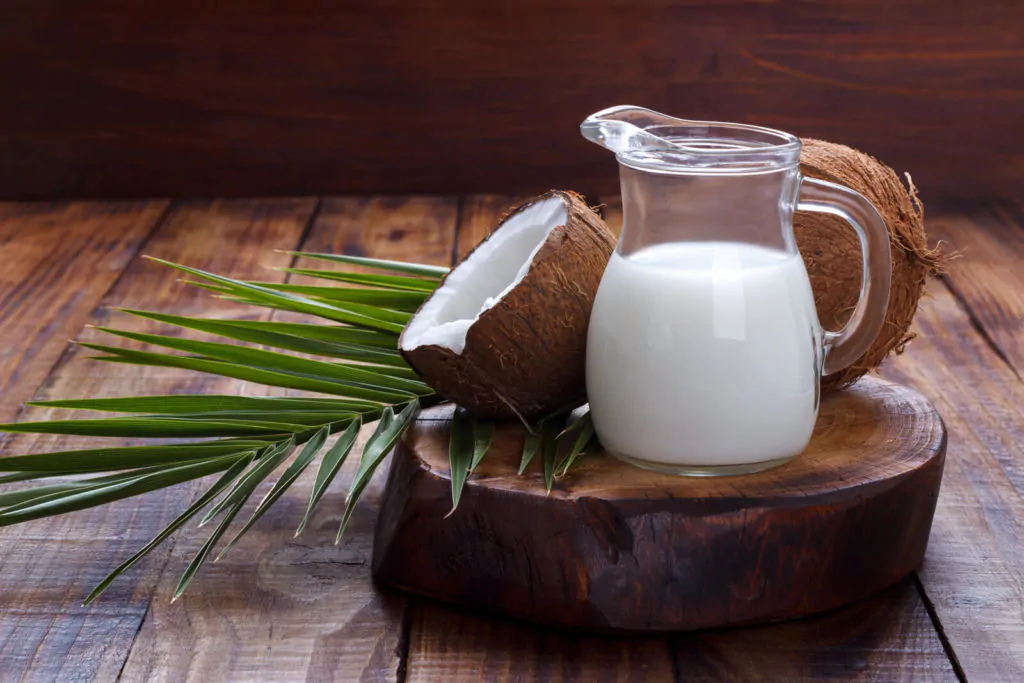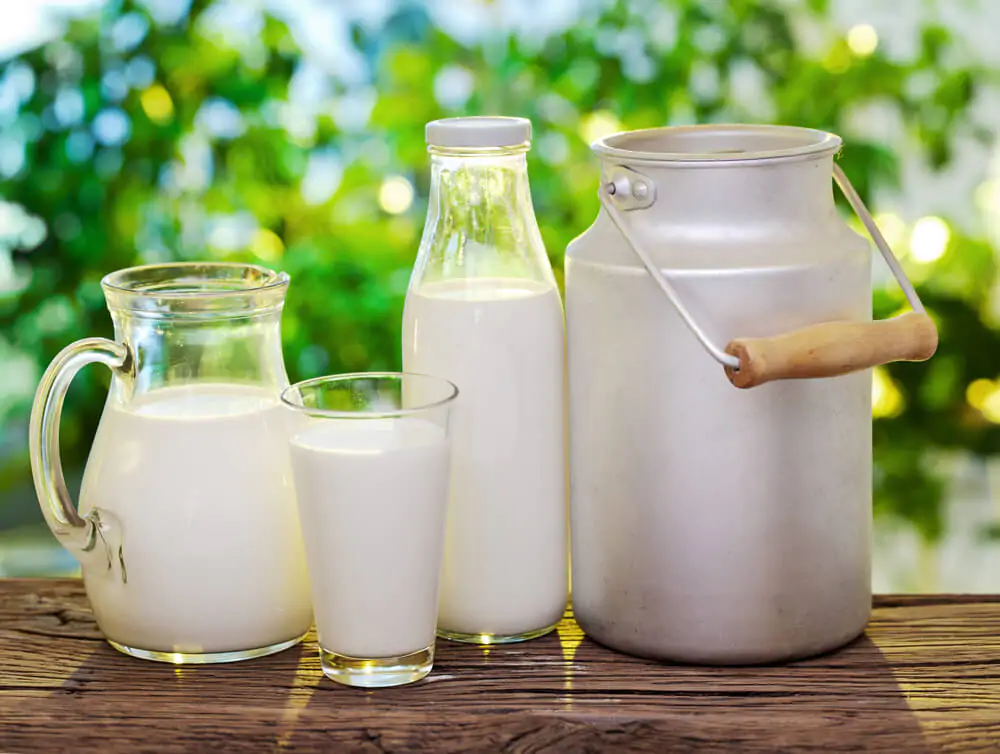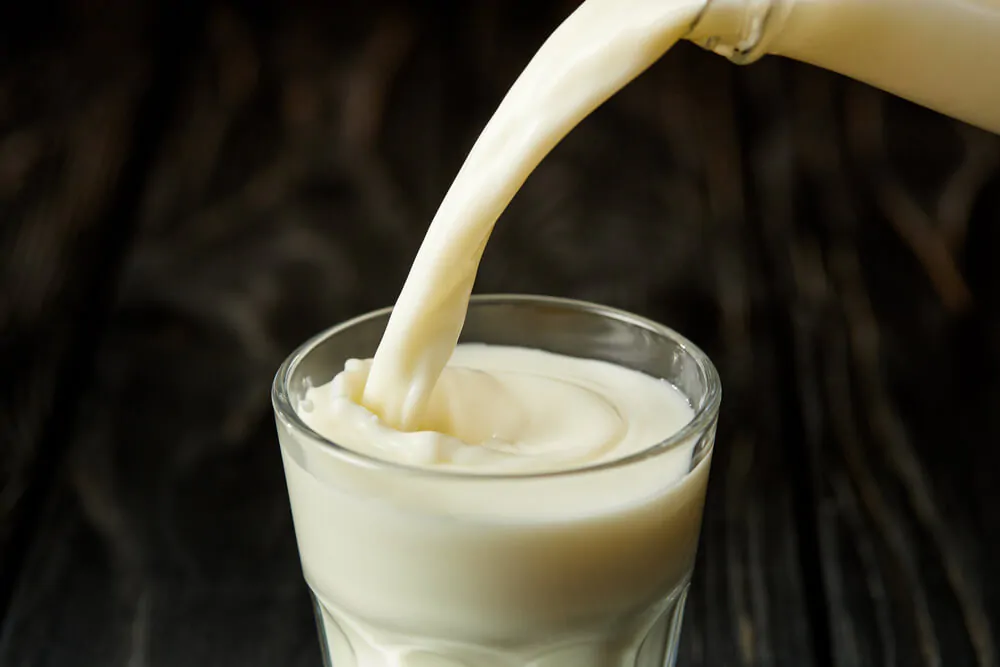Frothing milk is an acquired skill and takes practice. So, why is my milk not frothing? Learn the reasons why your milk isn’t frothing so that you can create better results!

As a newly minted coffee drinker, I decided to experiment with gourmet beverages to start the day. I used to avoid coffee because of its bitter and bland flavor, but I’ve discovered that adding other elements like frothed milk can significantly enhance the experience.
Unfortunately, learning how to froth milk correctly is a bit challenging, and I sometimes find myself asking, “why is my milk not frothing?” If you’ve encountered this problem before, fear not – I have found the answer(s).
Which Coffee Beverages Used Frothed Milk?
While you can froth milk for any kind of coffee, some varieties work better with frothing than others. The most common coffees that require a milk frother are:
- Cappuccino
- Espresso
- Latte
- Americano
- Macchiato
If you’re going to go to the trouble of frothing milk, I recommend buying high-quality coffee beans and equipment (i.e., an espresso machine) so that you can get the perfect cup every time.
Why Your Milk Isn’t Frothing Correctly
Even if you use a high-tech milk frother, you can get less-than-ideal results. Here are some top reasons why your cappuccino or latte isn’t looking as good as you pictured it.
Incorrect Steaming Time
There’s a reason why you have to heat the milk before frothing it. If you don’t, you’ll simply be making butter (not quite, but almost). Steaming the milk allows it to aerate faster and deliver a lighter, fluffier foaming effect.
Unfortunately, this part of the process requires some trial and error, and the type of milk you use can affect the results. For example, almond milk froths differently than cow’s milk.
Using Old Milk

One problem I’ve encountered is that the foam doesn’t stay intact as soon as I stop frothing the milk. What’s really going on is that a substance called glycerol, which is naturally found in milkfat, builds up as the milk ages. So, the fresher your milk, the less glycerol, meaning you have thicker, richer froth.
Using High-Fat Milk
At first, you might assume that whole milk is ideal for frothing (I certainly did). However, since glycerol is such a troublesome substance, you want as little of it as possible. Since it’s found in milk fat, milk that doesn’t have any fat (i.e., skim milk) works better for frothing. Nut milk can also be ideal for this reason since it doesn’t contain any milkfat.
Overall, the problem with high-fat milk is that it takes longer to master than other varieties, and it has to be super fresh to work. That said, once you do master the art of frothing whole milk, you’ll get some of the richest, creamiest foam ever.
Burning The Milk
Each type of milk requires a different temperature to achieve perfect frothiness. For example, almond milk (which has fewer proteins and less fat) steams at 130 degrees. Cow’s milk steams at 150 degrees, and soy milk splits the difference at 140 degrees.
If you exceed these temperatures, you’ll burn the milk, which breaks down the proteins (and the smooth, sweet flavor). Once that happens, frothing is next to impossible, depending on how badly the milk gets burnt.
Not Frothing Long Enough

If you want rich, creamy froth, you need to aerate the milk longer. Cutting your frothing time short results in fewer bubbles. Here is where having a milk frother pays dividends. Since the device has such a small blade, it creates much smaller bubbles than an immersion blender would, yielding perfect froth in less time.
The Final Word On Why Is My Milk Not Frothing?
More than anything else, perfectly frothed milk requires patience and practice. Start with cold, skim milk to get the basics down, and from there, you can upgrade to different types of milk. Over time, you’ll even get good enough to master latte art so that you can impress your friends and family.
FAQs About Why Is My Milk Not Frothing?
What’s the best way to heat my milk?
If you want speed and convenience, a microwave works wonders. However, for better control, you want to use a kettle since you can adjust the heat and duration on the fly. Otherwise, a steam wand is ideal.
Which milk is best for frothing?
The answer depends on your definition of “best.” Skim or low-fat milk is the easiest to froth, but whole milk (as long as it’s fresh) can create richer, tastier results. Also, if you don’t drink animal milk, you’ll have to use an alternative like almond or oat milk.
How do I use a steam wand for frothing milk?
Steam wands typically come on espresso machines, but you can buy them separately. In this case, the rod itself gets hot and heats the milk as you stir it. Because the wand is more precise, you can get better results.

